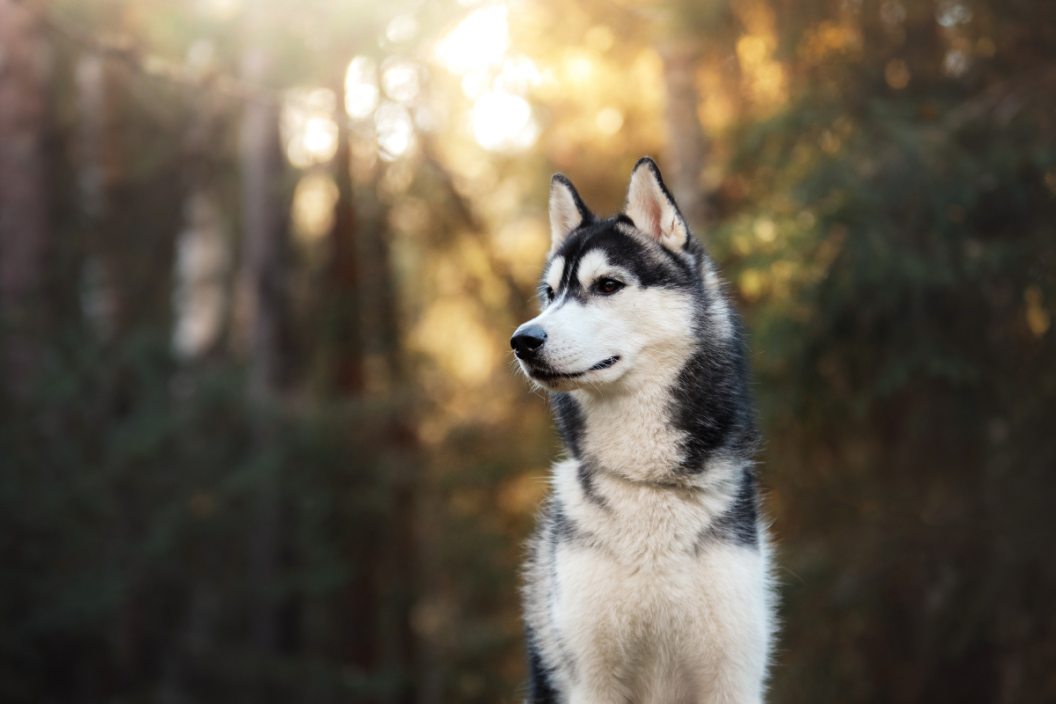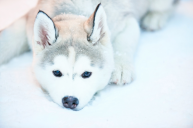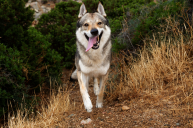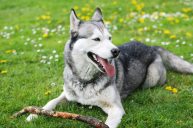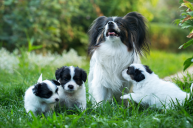Siberian huskies are a lot of work, but they're also pretty adorable.
Huskies may require a lot of energy to take in, but the reward you get in return is definitely worth it. From strange howling to husky temper tantrums, huskies can be a bit of a handful. These pups require a lot of time, energy, and special care to thrive. There's a lot to consider if you'd like to own a husky. If you'd love a husky but don't think you can handle one with your current living situation, don't worry. We have cute pictures and frequently asked questions to share with you instead! After all, you don't have to adopt a husky to enjoy how great they are.
How Often Do Husky Puppies Sleep?
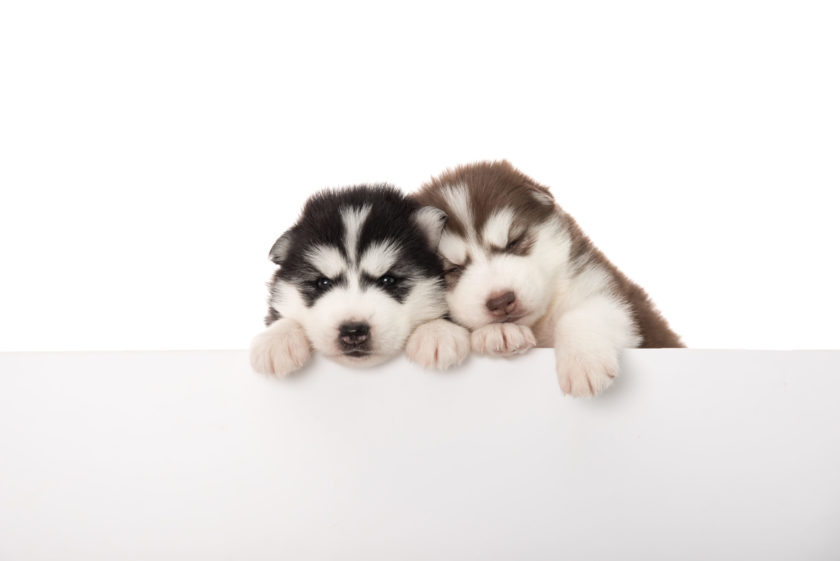
Needing as much rest as they can to supplement their rapid growth, a husky puppy can sleep for up to 20 hours per day. Husky puppies, like all puppies, tend to sleep more than their adult counterparts. Contrarily, once they're full grown, they can sleep for up to 14 hours per day. Husky puppies may cost quite a bit, but the cuteness you get in return is pretty worth it!
How Often Do Husky Puppies Eat?

Did you know that huskies are the only breed able to alter their own metabolism? It's quite a unique ability! They are able to draw energy from more than one source, which allows them to run for extended periods on very little food without becoming fatigued. But that surely doesn't mean that they don't enjoy indulging in something yummy!
Are Huskies Immune To the Cold?

When it comes to cold weather, these dogs are all about it. Huskies are capable of tolerating cold temperatures as low as -75°F thanks to their double-coat, which gives them some pretty hefty protection against the wind, cold, and rain. No wonder they make such good sled dogs!
How Does a Husky Coat Work?
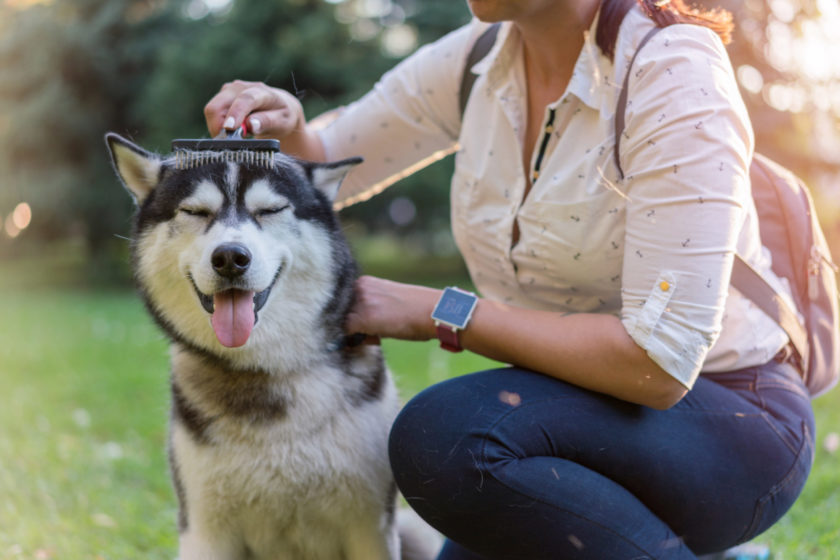
That double coat is sure going to take some particular grooming! The top coat, or guard coat, protects the dog from the elements and keeps him dry, while the undercoat acts as an insulator and temperature regulator, keeping the dog cool in summer and warm in winter. Because the undercoat is so thick, many owners don't brush their pets thoroughly enough to get rid of all the loose hair! Consequently, they may find their home is covered in large tufts of hair, even when their dog isn't shedding.
Why Do Huskies Have Blue Eyes?
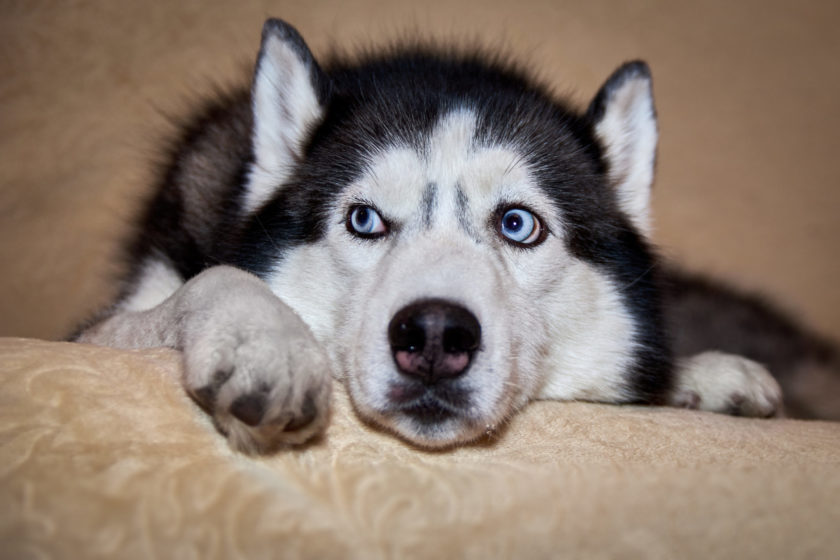
Did you know that huskies are one of the only dog breeds with blue eyes? You'll rarely see them in other dog breeds, unless the merle gene is present in their DNA. As for huskies, blue eyes are incredibly common, as is heterochromia, when both eyes are different colors!
How Many Colors of Husky Exist?
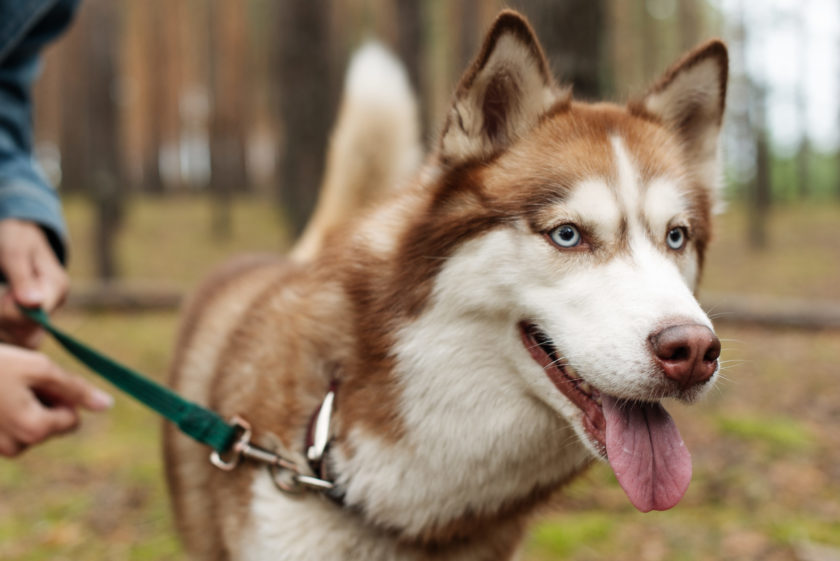
Yes — brown huskies exist! In fact, from solid black to pure white to distinct colors like agouti, tan, brown, grey, red, and sable, these dogs come in a wide array of colors. They also often sport markings on the head, including unusual patterns not found in other breeds.
Are Huskies Good in Groups?

Solitary creatures? Not exactly! Contrary to their cold as ice persona, these dogs are very sociable and renowned for being good with children and their group. As born pack dogs, huskies get along with other dogs as long as they don't feel challenged. They want to be part of the pack and will become upset if left on their own for long periods.
How Fast Can Huskies Run?
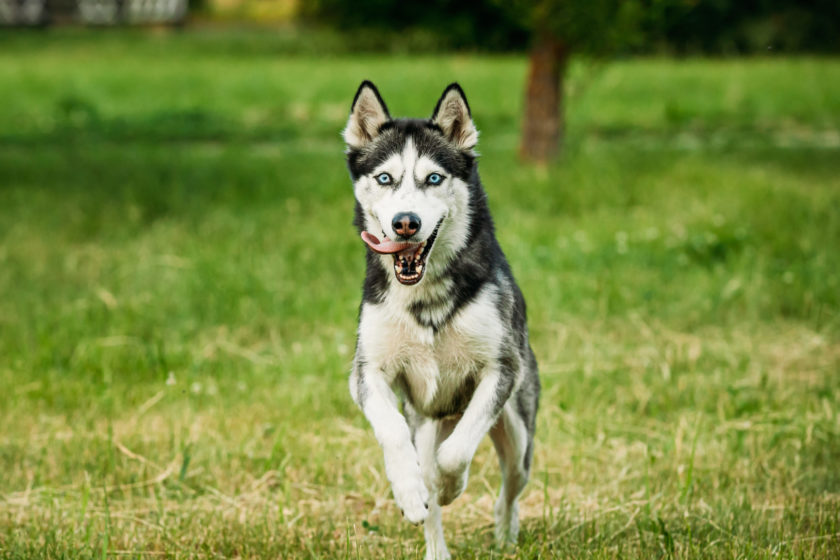
Think you could beat a husky in a race? Think again! The top speed for a Siberian husky is around 28 miles per hour. However, what's most impressive is their endurance! It takes a lot of energetic commitment to be dragging those sleds all day, and a team of huskies can run for hours, covering about 150 miles in one day.
There's a lot to learn about the Siberian husky, but hopefully this Siberian Husky FAQ got you started!
What's your favorite fun fact about the Siberian husky? Tell us on the Wide Open Pets Facebook page!
